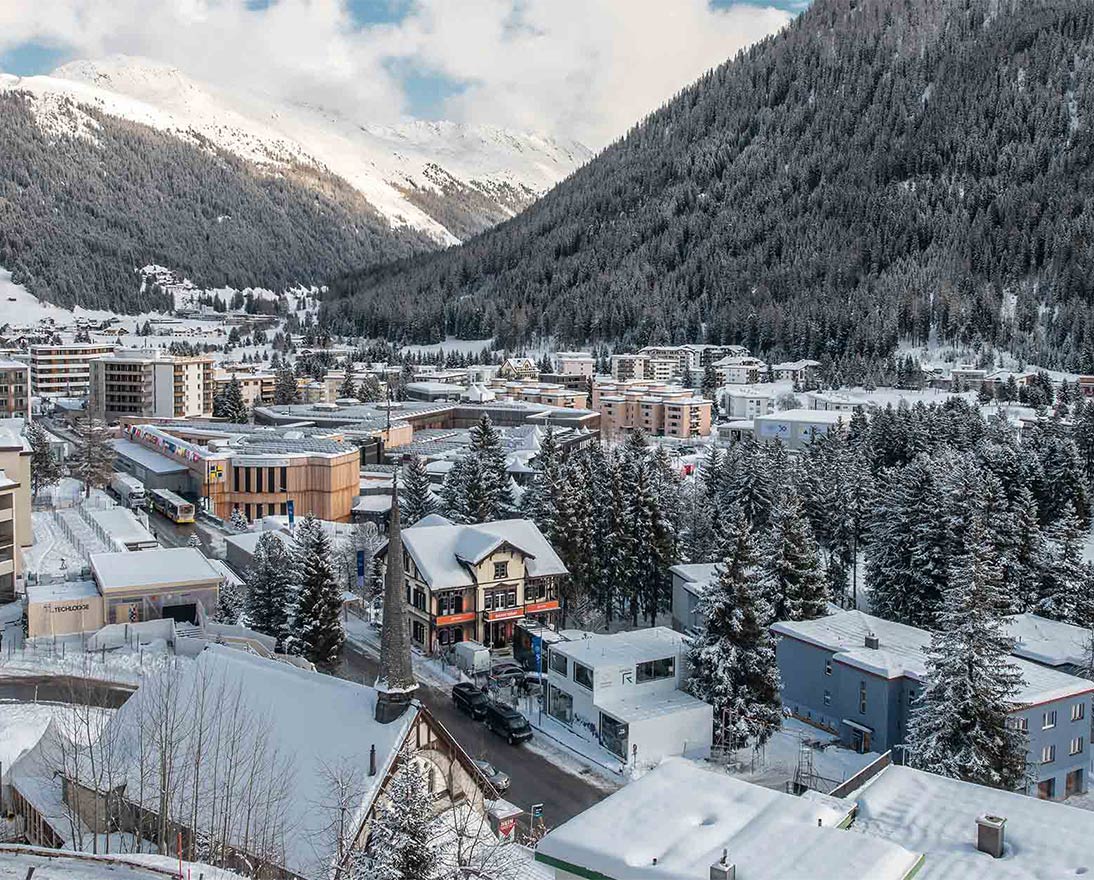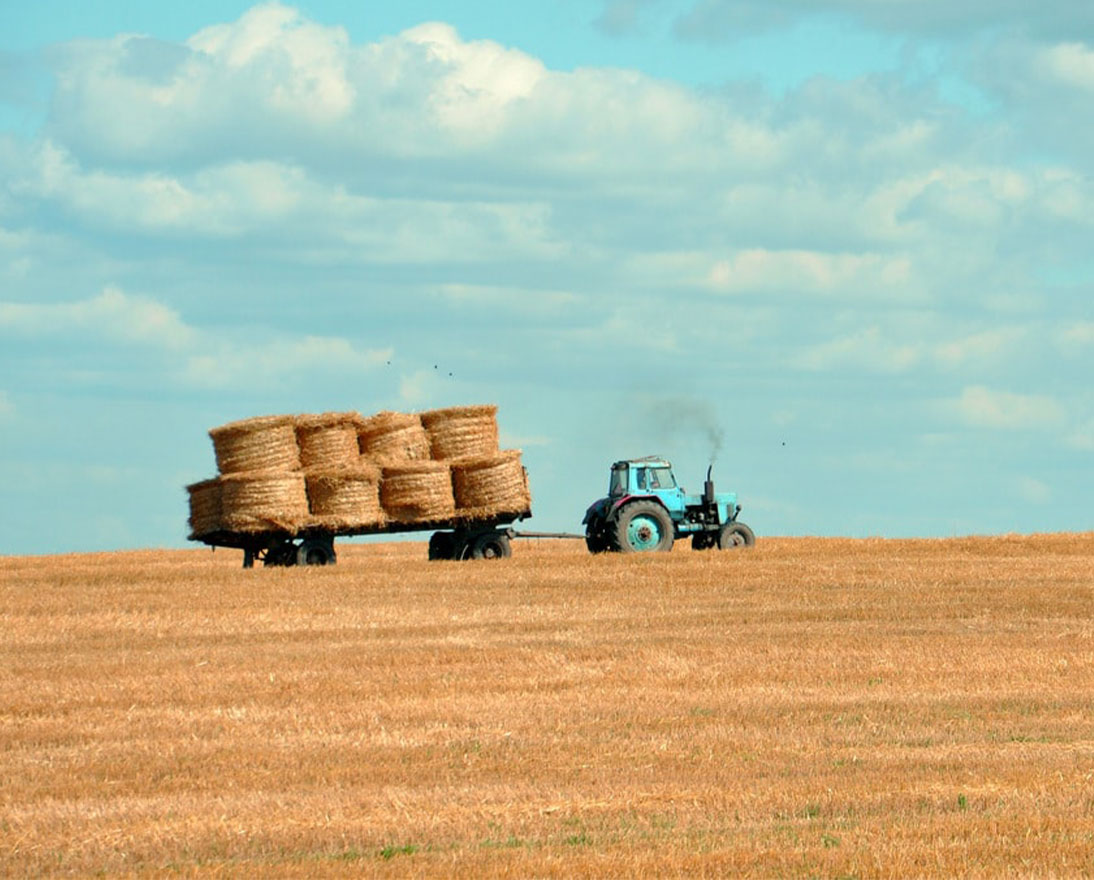What is COP28 and why does it matter?
Climate resilienceArticleNovember 20, 2023
The world’s attention is about to shift to Dubai, host to the COP28 climate conference. But what is COP28 and what does it hope to achieve? Learn more.
This year is on track to be the hottest ever recorded globally. Greenhouse gas emissions continue to rise. Storms, floods, heatwaves, droughts and wildfires have caused devastation from Canada to China. Welcome to COP28, the United Nations’ annual conference on climate change, which will take place in Dubai between November 30 and December 12.
What is COP28?
The formal name for COP28 is the 28th Conference of the Parties (COP) to the United Nations Framework Convention on Climate Change (UNFCCC). The first COP was held in Berlin in 1995. Last year’s COP27 was held in Sharm El Sheikh, Egypt.
About 70,000 participants are expected to descend on Expo City Dubai. They will include world leaders, ministers, negotiators and scientists as well as representatives from civil society, the private sector, international organizations and the media.
Just as they have done since COP21, held in Paris in 2015, they will try to figure out how to limit temperature rise to well below 2°C, and ideally no more than 1.5°C, compared to average temperatures in the late 1800s. Scientists say that should provide a good chance of avoiding the worst impacts of climate change.
What will COP28 do?
At COP28, countries will assess how efforts to tackle climate change are falling short of the goals set out in the 2015 Paris Agreement and discuss ways to get it back on track. Researchers say the planet is falling behind on virtually every metric to cut carbon emissions.
In fact, in October 2023, scientists warned that the phase down of fossil fuels is not happening quickly enough and that the window to limit warming to 1.5°C is rapidly closing. If humans keep emitting planet-warming greenhouse gases at the current rate, that threshold will be reached in about six years.
The average temperature on Earth over the last decade is already about 1.1°C higher than pre-industrial temperatures. And, according to the International Energy Agency, if all countries were to fulfil the pledges they have made to reduce carbon, global heating would reach about 1.7°C above preindustrial temperatures.
Known as the “global stocktake,” the COP28 report is likely to make sobering reading, but the hope is that governments will come up with a plan to speed up climate action.
Will COP28 help less developed countries?
One of the main achievements of COP27 in Egypt was a global agreement to set up a “loss and damage” fund to help to help pay for the damage climate change has caused in less developed countries. Since then, countries have wrangled over who should contribute, who should benefit and how the fund should be governed.
But just four weeks before COP28 kicks off, governments appear to have found a compromise. Developing countries have conceded that the fund could be managed on an interim basis by the World Bank. Meanwhile, developed countries – historically responsible for most greenhouse gas emissions – agreed that they should take the lead to provide financial resources.
Any recommendations still need to be adopted at COP28 and no firm target has been set for how much money the fund will disburse.
Will climate adaptation be a priority for COP28?
Less developed countries, with small carbon footprints, have contributed the least to global warming but are on the front line of climate crisis. That’s why adapting and building resilience to the effects of climate change is a top priority at COP28.
The UN Environment Programme (UNEP) estimates that climate adaptation in vulnerable countries will cost as much as USD 215 billion to USD 387 billion every year this decade. Yet available finance is roughly 10 percent of what is needed and is not reaching the local communities at the sharp end of change.
In 2021, UNEP says, developing countries received just USD 21 billion for adaptation – 15 percent less than previous years. The drop occurred despite pledges made at COP26 in Glasgow to deliver around USD 40 billion a year in adaptation finance support by 2025.
Adaptation is highly cost-effective, UNEP says, with every USD 1 billion invested in protection against coastal flooding leading to a USD 14 billion reduction in economic damages. Similarly, it says USD 16 billion a year invested in more resilient agriculture could prevent 78 million people from starving as a result of climate impacts.
Protection measures include coastal defenses and urban flood prevention. Cities need to become better adapted to heatwaves, and farming must adapt to droughts.
How will COP28 raise funds to combat climate change?
Money is supposed to make the world go round, but it’s been the cause of deadlock and broken promises at successive COPs.
The search for innovative methods of financing continues with suggestions ranging from philanthropy and carbon pricing to levies on aviation and shipping, and debt relief.
International financing institutions and donor countries are exploring targeted projects to boost the resilience of countries bearing the brunt of climate change. For example, the Insurance Development Forum (IDF), a World Bank and UN-backed partnership of insurers and international bodies, has announced plans to launch a fund for developing countries which aims to raise several hundred million dollars to invest in infrastructure debt.
Given that the burning of fossil fuels is the primary cause of the climate emergency, some, like United Nations Secretary-General António Guterres have floated a windfall tax on fossil fuel profits to compensate for climate losses.
Just for the record, the International Monetary Fund (IMF) estimates that fossil fuel subsidies were USD 7 trillion globally in 2022.
What is COP28’s stance on fossil fuels and renewable energy?
One of the UAE's key objectives for COP28 is to get the world to treble renewable energy capacity to 11,000GW by 2030. Most major economies agree with that goal.
However, some countries in Europe, as well as climate-vulnerable states, say they will only commit to clean energy measures if there is also agreement on phasing out fossil fuels. The bid to ditch fossil fuels is strongly opposed by oil and gas producing nations.
The first ever COP decision to include a reference to any type of fossil fuel only came at COP26 in 2021, with parties agreeing to accelerate “efforts towards the phasedown of unabated coal power and phase-out of inefficient fossil fuel subsidies.”
At COP27, more than 80 countries wanted the COP26 language on coal to include all fossil fuels, but this never ended up in the formal decision text.
All eyes will be on COP28 president Sultan al-Jaber, who is also the head of Abu Dhabi National Oil Company (ADNOC), the UAE’s state oil company and one of the largest oil producers in the world.
A related debate is taking place over the role of carbon capture and storage (CCS) technologies. Supporters say the technology will allow continued use of fossil fuels without planet-heating emissions. Critics say it’s unproven at scale and detracting from the need for climate action.
Food and peace at COP28
Food systems contribute one third of all human-generated greenhouse gas emissions and there’s growing awareness that transformation in this sector is needed to meet climate goals.
Although food systems were debated at COP27, there was no agreement on adopting a systems approach. The COP28 presidency is urging the global community to commit funding and technology for food systems and agricultural transformation.
Another topic that will be debated is climate adaptation in fragile states. Half of the countries most vulnerable to climate change also experience conflict. COP 28 will feature a Relief, Recovery and Peace Day, the first time that peace and conflict are explicitly discussed at any COP.
What happens now?
The three key challenges of eliminating carbon emissions, finding ways to adapt to the warming that has already taken place, and compensating for damage caused, are interrelated. Reducing emissions reduces the need for adaptation. And when communities are more resilient, there are fewer loss and damage costs.
Breaking the deadlock on one issue like the loss and damage fund could bring positive momentum elsewhere. But since COP decisions are taken by consensus, no one expects progress to be easy.
Meanwhile emissions are increasing, and temperatures are rising. Truly, the heat is on.



